Environmental Science and Engineering | Material Science and Engineering
A green polymer film offers climate-friendly cooling
A superabsorbent film promises ecofriendly cooling solutions against heat stress and global warming.
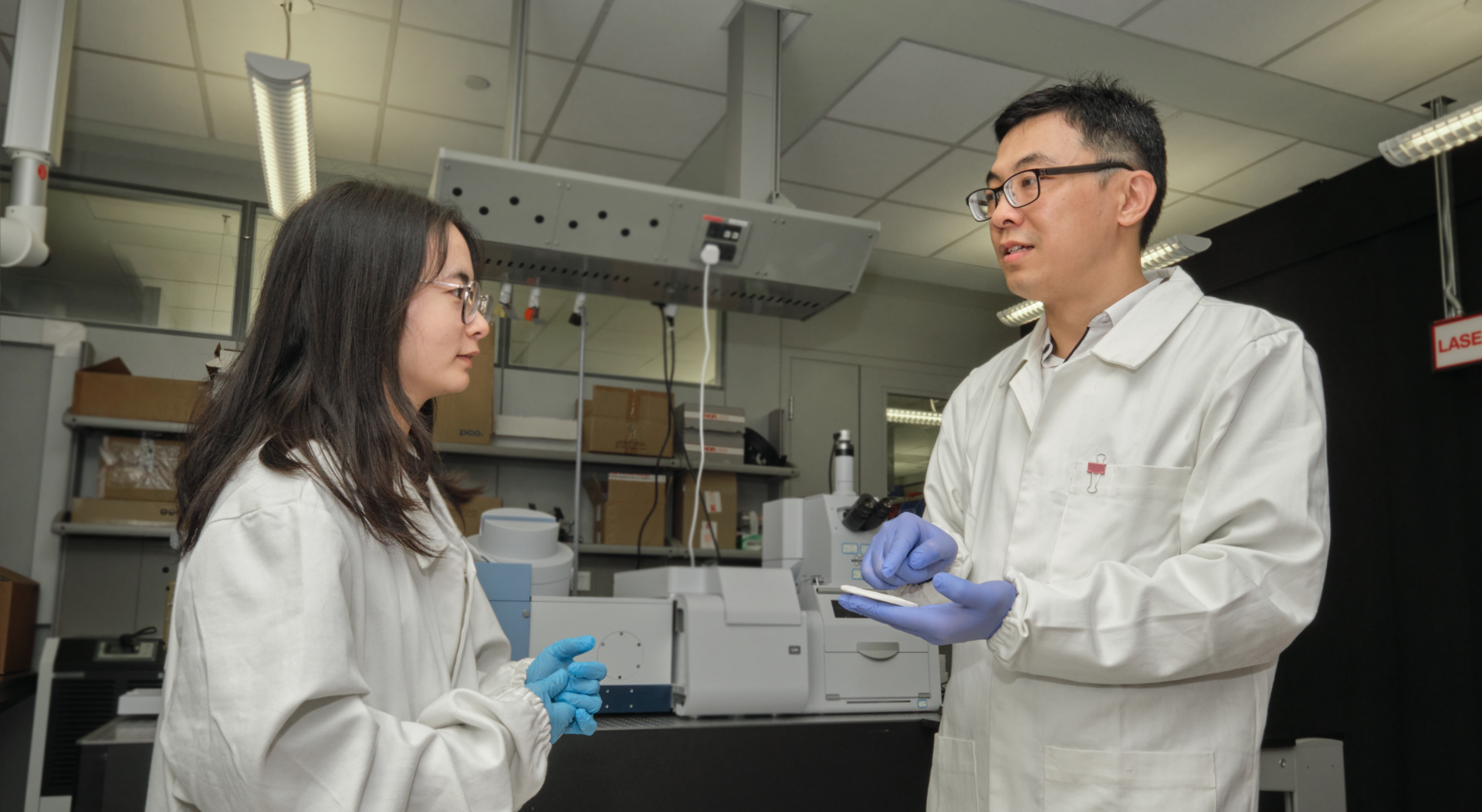
A superabsorbent polyacrylate film, developed by a KAUST-led team, could provide cost-effective cooling solutions that reduce heat stress, carbon emissions and electricity consumption.[1]
Compressor-based cooling techniques, such as air conditioning systems, are the go-to response to heat stress. However, with global warming intensifying heatwaves, there is now increased energy demand from these traditional cooling systems, which in turn leads to power outages and puts strain on energy grids.
Passive cooling, which relies on little or no energy to dissipate heat, offers an ecofriendly alternative to air conditioning. Evaporative cooling lowers the temperature by using heat from water vaporization. Radiative cooling utilizes materials with high thermal emissivity to release thermal energy into space through the so-called atmospheric window in the infrared range. It also uses highly reflective materials to deflect sunlight.
However, global warming enhances atmospheric moisture, which amplifies the greenhouse effect and reduces the transparency of the atmospheric window. Together, these phenomena make it more challenging for the Earth’s surface to radiate excess heat into space.
“If we find a way to absorb or condense moisture at night and then evaporate it during the day for evaporative cooling, this will be a hybrid enhancement for the passive cooling technique,” says Yanpei Tian, a postdoc in Qiaoqiang Gan’s group.
Gan, Tian and co-workers developed a solution combining radiative and evaporative cooling without the need for any additional chemicals or energy. The approach involves the superabsorbent polymer sodium polyacrylate, which is usually found in products such as diapers.
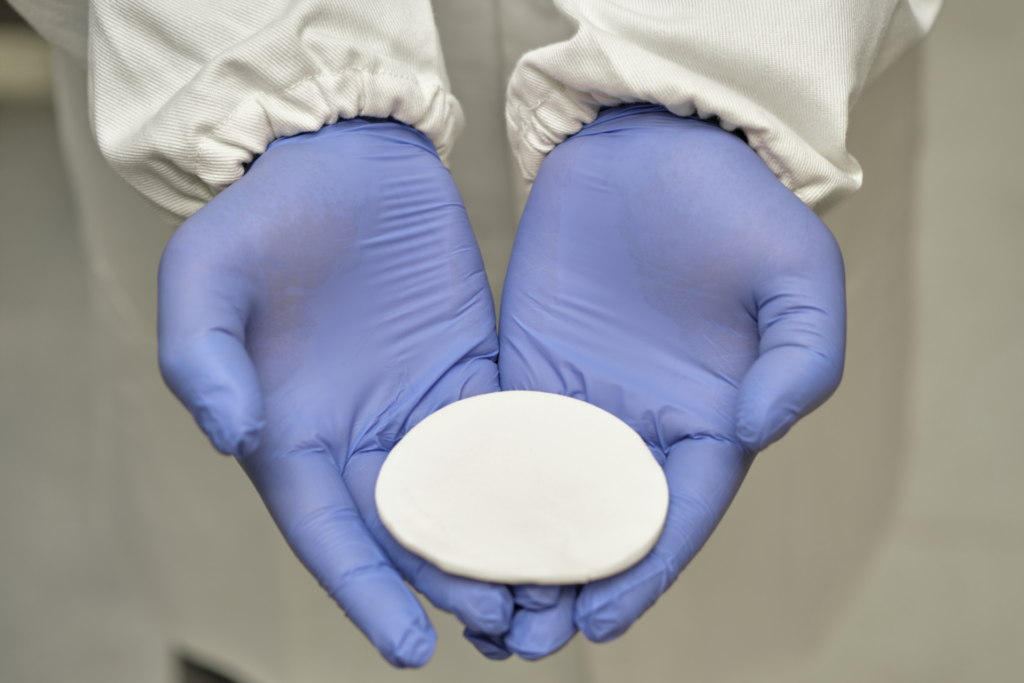
The polymer powder can absorb ambient moisture, swelling to form a porous, continuous white film that reflects sunlight and prevents solar heating. The polymer chains provide the thermal emissivity that promotes radiative cooling. The film can also absorb moisture at night and release it during the day, enabling additional evaporative cooling.
The researchers showed the film lowered temperatures by five degrees Celsius without any electricity supply under a partly cloudy sky. Energy simulations demonstrated that yearly savings in cooling energy corresponded to 3.3 percent of the total energy consumption. “Energy savings are equivalent to reducing carbon emissions,” Tian says.
To speed up manufacturing without depending on outdoor moisture, the researchers devised a lab-scale roll-to-roll method using a steam generator, Tian says. They are now designing a streamlined machine to achieve industrial-level fabrication.
“Our main interest is to identify applications using atmospheric moisture, especially evaporative cooling for solar panels, light-emitting diodes and batteries,” Gan says. To validate the versatility of the atmospheric-moisture-enabled fabrication, the researchers are trying to introduce different pigments into the film without sacrificing its cooling capability.
Reference
- Galib, R.H., Tian, Y., Lei, Y., Dang, S., Li, X., Yudhanto, A., Lubineau, G. & Gan, Q. Atmospheric-moisture-induced polyacrylate hydrogels for hybrid passive cooling. Nature Communications 14, 6707 (2023).| article
You might also like

Environmental Science and Engineering
Combat climate change by eliminating easy targets
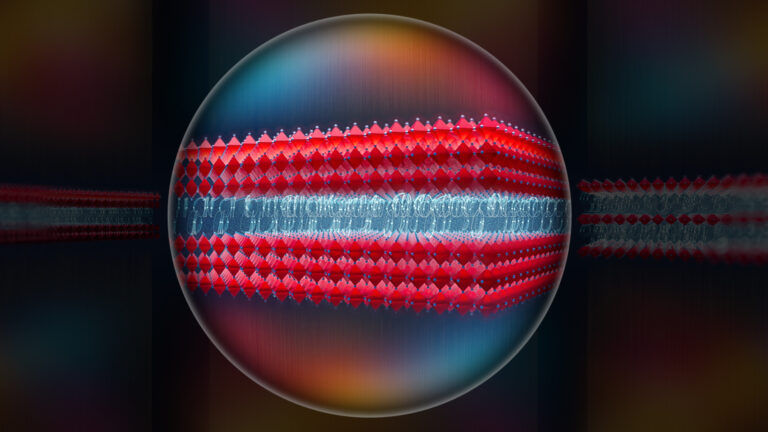
Material Science and Engineering
Electron movie guides design of layered perovskite materials
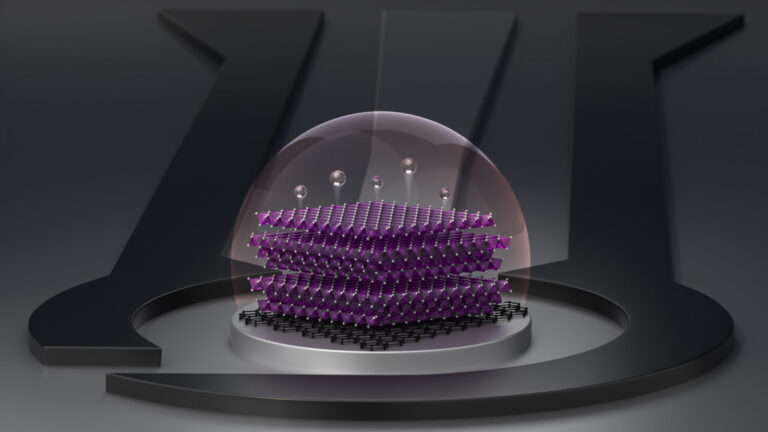
Material Science and Engineering
Remote region sensor for essential vitamin deficiency
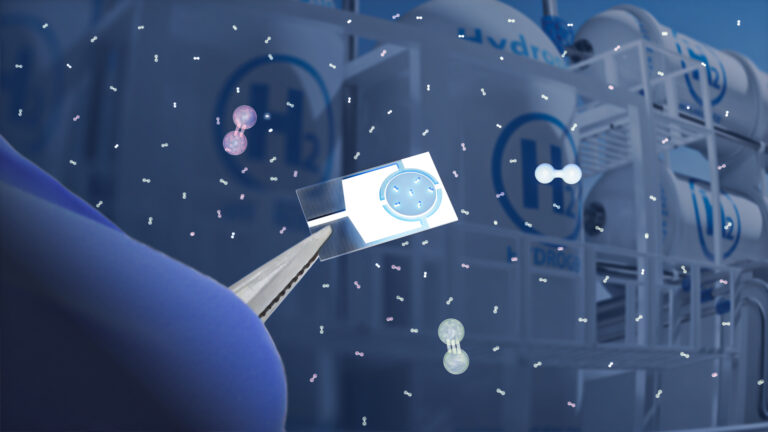
Material Science and Engineering
Low-power hydrogen sensor detects leaks in an instant
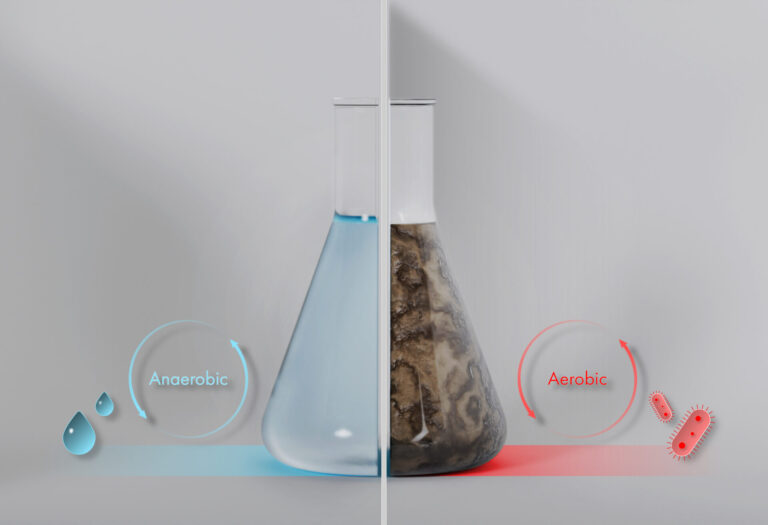
Environmental Science and Engineering
Wastewater treatment to fight the spread of antibiotic resistance

Material Science and Engineering
Illuminating pathways to long-lived organic solar cells

Bioscience
Digging into the world of plant-growth-promoting microbes

Bioscience




